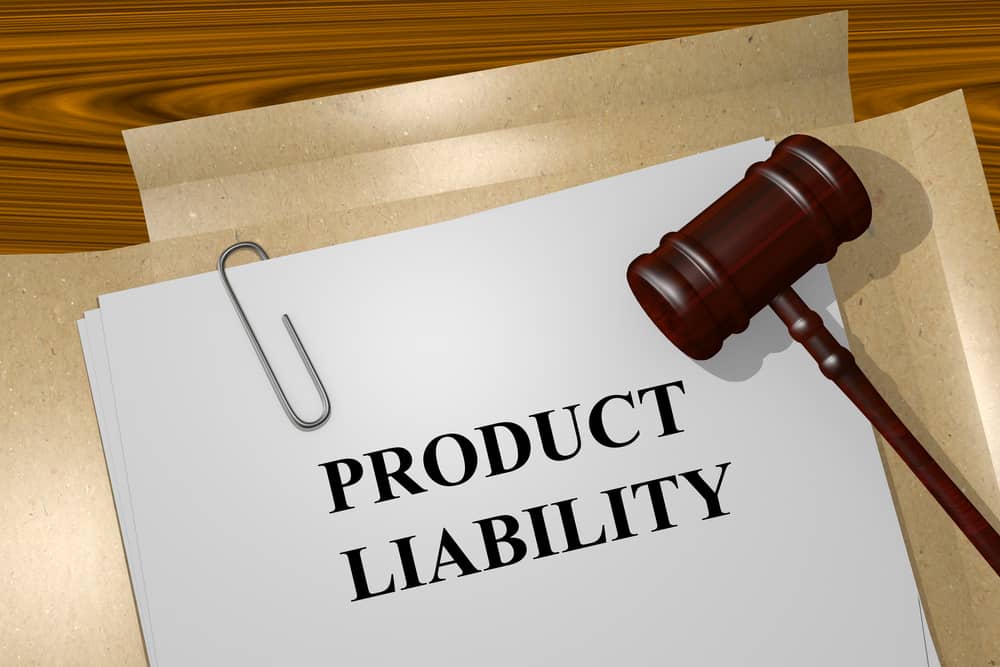All products are assumed to have undergone rigid testing before they are released on the market. However, sometimes products can fail, leading to injuries or even death. Commonly, product liability claims are for medications, medical devices, auto parts, garden equipment, children’s toys, and home improvement equipment.
Defective products with injury-causing defects
A product liability claim based on injuries caused by a defective consumer product can often be fought under various legal theories. Claims often fall under the strict liability principle, but sometimes negligence is deemed more appropriate. Depending on the state the claim is made, the approach may differ.
There is a difference between strict liability and negligence. With strict liability, the injured party is not required to show the defendant acted carelessly. With negligence, this element must be shown.
Whether the consumer forms the basis of the claim on strict liability, negligence, or another theory, they must prove that at least one of three defects occurred. These defects are manufacturing, design, and marketing (failures to warn about dangers or instructions on the proper use).
Besides proving the existence of a defect, the consumer must also show that the defect caused the injury.
Types of product liability cases
The basic types of product liability claims follow the same fundamental laws in all states.
1. Manufacturing defects in consumer products
Manufacturing problems are the simplest type of defect. The way a product is made at the assembly line may lead to a specific defect that the rest of the batch might not have. Sometimes, the manufacturer may have deviated from the actual design. The injury must be caused by one of these two manufacturing defects.
Examples of defects in manufactured products include:
- Malfunctioning car brakes
- Contaminated or dangerous medications
- Cracked chain of a swing
- Faulty parts on a lawn trimmer
2. Design defects in consumer products
The manufacturing process is not always at fault. Sometimes, an entire line of products is dangerous despite the care the manufacturer takes to produce them. This occurs when the design blueprint or specifications for a product does not take risks into account.
The legal test for establishing a design defect varies from state to state. Therefore, victims must usually retain an expert to show the design was unsafe. Often, these experts will show that a safer alternative is possible at a similar cost.
Examples of design defects in products include:
- Sunglasses that don’t protect from the harmful rays of the sun.
- Electric gadgets that electrocute if set too high.
- SUVs that roll over because of a design defect.
- Internal medical devices that break when inserted and cause injuries.
3. Failure to warn
All products must come with appropriate instructions on how to use them. Manufacturers must warn consumers about inherent risks that are not obvious or require special precautions or diligence when using them.
Obvious risks like falling off a ladder or a sharp knife are typically not considered a defect. If manufacturers fail to provide clear warnings about non-obvious dangers, a product liability claim based on failure to warn is possible.
Examples of failure to warn claims:
- Medications and their side effects.
- Unsafe chemicals used in household products.
- An oddly positioned steam valve on an electric kettle.
4. Breach of a written or implied warranty
If a product has a written warranty but fails to meet the terms, consumers can bring a legal claim for breach of warranty. The warranty can be written, implied from the packaging or labeling, in a manual, or in product advertising.
Sometimes, the state also applies a warranty to specific products, whether the manufacturer or distributor does not. In that case, a claim based on a breach of implied warranty might arise because the product is not fit for the purpose it is sold. This is known as the implied warranty of merchantability.
If a consumer buys a product for a specific purpose, but the seller gives them the wrong product for that purpose, the buyer can claim product liability for breach of an implied warranty of fitness.
Examples of implied warranty of merchantability and the implied warranty of fitness:
If a power drill states on the packaging that it is suitable for all materials but only drills certain materials, this can lead to a design or manufacturing defect claim in a product liability lawsuit. The consumer may also be able to claim under a theory of implied warranty of merchantability.
If the consumer is sold the “all-purpose” drill at the hardware store, but it cannot drill through metal, he might have a legal claim for breach of the implied warranty of fitness.
Understanding the differences between the four types of product liability claims can help consumers identify and determine if they have a legal claim against the advertiser, seller, or manufacturer of a faulty and defective product.


